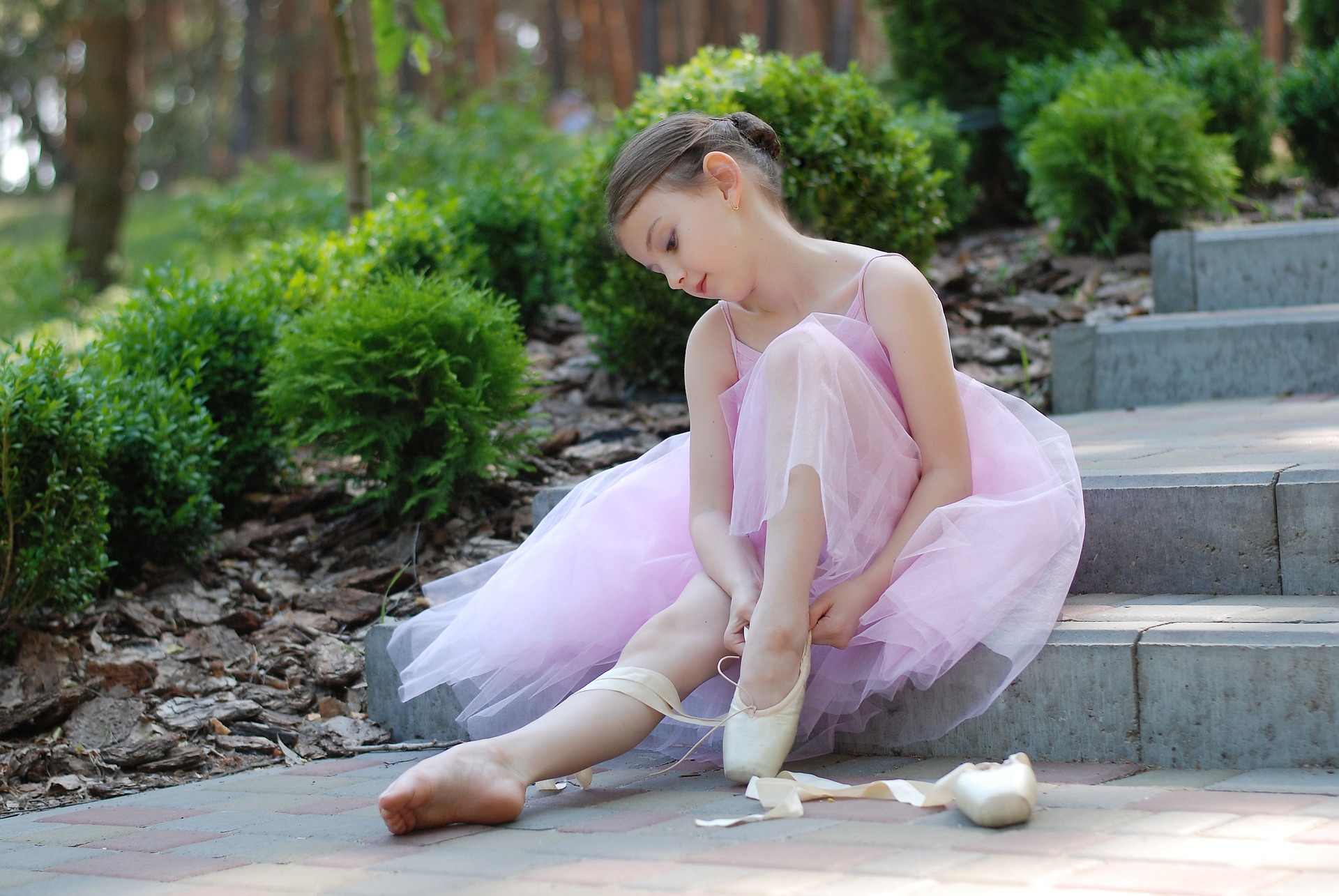Marian Chache first established Dance and Movement therapy, a professional dancer and worked with the soldiers returning from World War 2 and her program was called “Dance and Communication”. She believed that non-verbal communication like dance is direct and cannot be disguised. Mary Whitehouse was another dance therapy pioneer who mainly worked with students. Dance for her was a finished product, the therapeutic use of dance was seen as a process of delving into the deeper layers of personality, the source of body movement. Thus she used the word “Movement in Depth” to describe this new level of dance movement expression. With the years Dance and Movement Therapy has made its establishment around the world with various theoretical approaches exercised by qualified professionals.
We often tend to categorize young minds as sharp or slow according to their academic capabilities which restricts us from looking beyond their scholastic excellence. A lot of the difficulties faced by students while concentrating, focusing attention, grasping new concepts are connected to their cognition which is connected to their body. For them to understand things and express themselves in a better way they need to be more connected with themselves internally and gain a sense of structure, both that can be developed naturally with dance and movement.
Dancing has an inherent healing and therapeutic quality, it makes you feel happy, sometimes sad, ladled with humour and even frustrated occasionally but never dull. It creates a sensation, a physical energy in our bodies which becomes a non-threatening way of expressing one’s own emotions that eventually leads to building confidence. When a person indulges in a physical activity like dance, their brain releases “mood-lifting” neurotransmitters which automatically makes the person feel more content.
Dancing does more than just simple exercise. Through dance, an individual relates to his/her community as well as expresses their own feelings and needs within the group setting, which can come handy at various stages of life. As young minds grow it is imperative for them to have a combined development which includes their physical, social, cognitive and emotional minds to progress. Any kind of movement is natural and can be called dance, even how our body reacts to the breathing pattern in various situations is a movement. It makes us more aware which improves a person’s decision making and problem-solving skills. Dance and movement builds a relationship between the mind and the body for both to function in a better way. Every human being and especially young kids should have access to a judgment-free zone where they can express themselves even if not in public but to oneself.
Dance and Movement Therapy has helped various kids in developing their focus, social skills, emotional expressions, attention, body awareness and academic skills.It challenges the child creatively and is more process-oriented than product oriented. It even develops the idea of self-care and why it is extremely important for a person to have compassion for oneself. Movement of our bodies like observing the pattern of our breath, building and restoring boundaries with others, grounding yourself and feeling the weight of your body, impacting your mood and communication according to the body posture and alignment, believing in the wisdom of our bodies lead us to be more self-aware. Only when a person is aware of themselves they can evolve as an individual. Dance and Movement Therapy offers a comfortable spot for the same.
